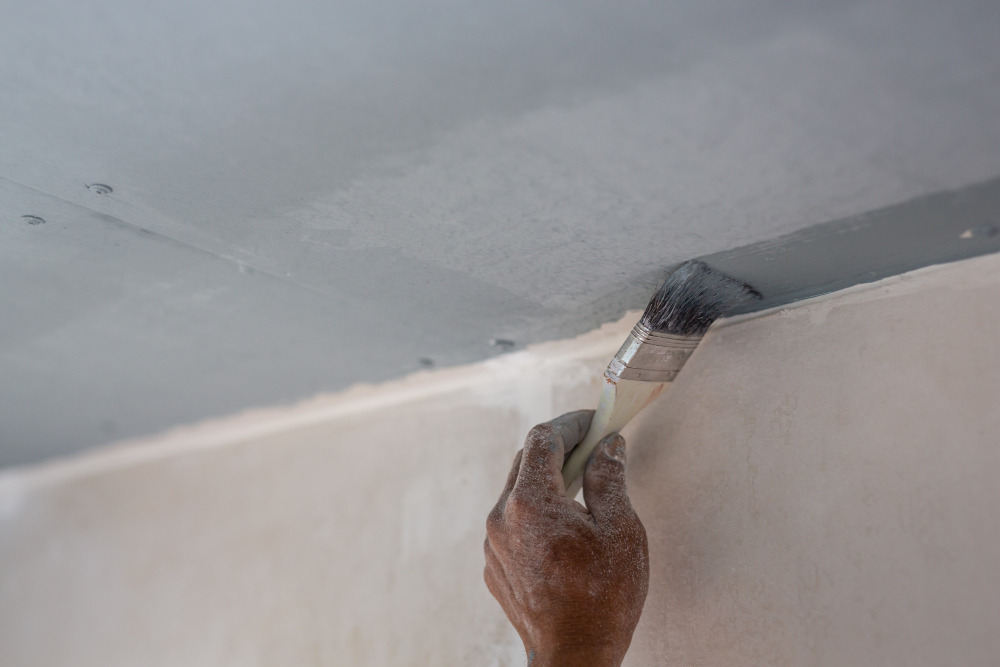When starting a drywall painting project, one of the most common questions homeowners ask is: Do you need to prime drywall before painting? Some DIY painters might be tempted to skip this step, thinking a few extra coats of paint will do the trick. However, priming drywall before painting isn’t just an optional step—it’s often the difference between a flawless, professional-looking finish and a wall that looks patchy, uneven, or starts peeling months later.
In this guide, we’ll dive deep into why priming drywall is important, what happens if you skip it, and how to apply primer correctly for the best results. By the end, you’ll know exactly why you should prime drywall before painting and how this small step can save you both time and money.
Why Priming Drywall Before Painting Is Important
Fresh drywall is extremely porous. It soaks up paint unevenly, which often leads to blotchy coverage, visible seams, and an inconsistent finish. A good primer solves this by sealing the surface and creating a smooth, uniform base for the paint to adhere to.
Here’s why you should always consider priming drywall before painting:
1. Creates a Smooth, Even Surface
Drywall often has texture variations, seams, or small imperfections that become more obvious once paint is applied. Primer helps level the surface, so your final coat of paint looks flawless.
2. Improves Paint Adhesion
One of the biggest benefits of primer is better paint adhesion. Paint applied directly to bare drywall can peel or bubble over time, especially in humid areas like bathrooms or basements. Primer bonds the surface and helps paint stick better.
3. Reduces Paint Absorption
Since drywall absorbs paint at different rates, skipping primer means you’ll need more coats to achieve full coverage. With primer, your paint goes on evenly and requires fewer coats, saving you money in the long run.
4. Enhances Durability
Painting without primer may look okay at first, but walls are more likely to chip, peel, or show wear quickly. A primed surface holds paint longer, giving your walls a durable and lasting finish.
Do You Have to Prime Drywall Before Painting?
So, do you have to prime drywall before painting? Strictly speaking, no—it’s not mandatory. You can apply paint directly to drywall. But skipping primer usually leads to:
- Uneven color and sheen
- More coats of paint (higher costs)
- Faster wear and tear
- Visible imperfections
If you want your paint job to look smooth, last longer, and save money on materials, yes—you should prime drywall before painting.
What Happens If You Don’t Prime Drywall?
Skipping primer might seem like a time-saver, but here’s what usually happens:
- Uneven Coverage – Paint absorbs differently across seams, mudded areas, and raw drywall, leaving patchy spots.
- Higher Costs – You’ll need more paint to cover the surface properly.
- Peeling or Flaking – Poor adhesion means the paint is more likely to peel over time.
- Shorter Lifespan – The paint job won’t last as long, especially in high-moisture or high-traffic areas.
Simply put, skipping primer can lead to more headaches and costs later.
Types of Primer for Drywall
Not all primers are the same. Choosing the right one ensures the best results.
- Standard Drywall Primer (PVA Primer): Perfect for new drywall; seals the porous surface.
- Stain-Blocking Primer: Ideal if your drywall has water stains, smoke marks, or discoloration.
- Moisture-Resistant Primer: Best for bathrooms, kitchens, and basements where humidity is high.
- Tinted Primer: Helps improve coverage if you’re painting a dark color over light drywall or vice versa.
How to Prime Drywall Before Painting (Step-by-Step)
Now that you know why priming is essential, here’s a step-by-step guide to applying primer correctly:
Step 1: Prepare the Surface
- Clean drywall with a damp cloth or vacuum to remove dust.
- Patch any holes or dents with joint compound.
- Sand smooth with fine-grit sandpaper.
Step 2: Choose the Right Primer
Select a primer designed for drywall. For most residential projects, a PVA (polyvinyl acetate) drywall primer works well.
Step 3: Apply the Primer
- Use a roller for large areas and a brush for corners or edges.
- Apply a thin, even coat.
- Avoid overloading your roller to prevent drips.
Step 4: Let It Dry
Most primers dry within 2–3 hours, but always check the manufacturer’s instructions.
Step 5: Inspect and Recoat (If Needed)
If you see any visible seams or imperfections, lightly sand and apply a second coat.
Step 6: Paint Over the Primer
Once fully dry, your wall is ready for paint. You’ll notice better coverage and a smoother finish compared to unprimed drywall.
FAQs About Priming Drywall Before Painting
Do you need to prime drywall before painting every time?
Yes, especially with new drywall. Previously painted walls may only need spot-priming.
How many coats of primer do I need?
One coat is usually enough, but apply two if the drywall has stains or heavy patching.
How long should primer dry before painting?
Most primers dry in 2–3 hours, but always check the label.
Conclusion: Do You Need to Prime Drywall Before Painting?
So, do you need to prime drywall before painting? While it’s not mandatory, skipping primer is rarely a good idea. A drywall primer:
- Seals the surface
- Reduces paint absorption
- Improves adhesion
- Saves you time, effort, and money
If you want a professional-looking finish that lasts, always prime drywall before painting. It’s a small step that delivers big results.
Next time you start a painting project, don’t skip the primer—you’ll thank yourself when your walls look smooth, vibrant, and beautiful for years to come.

